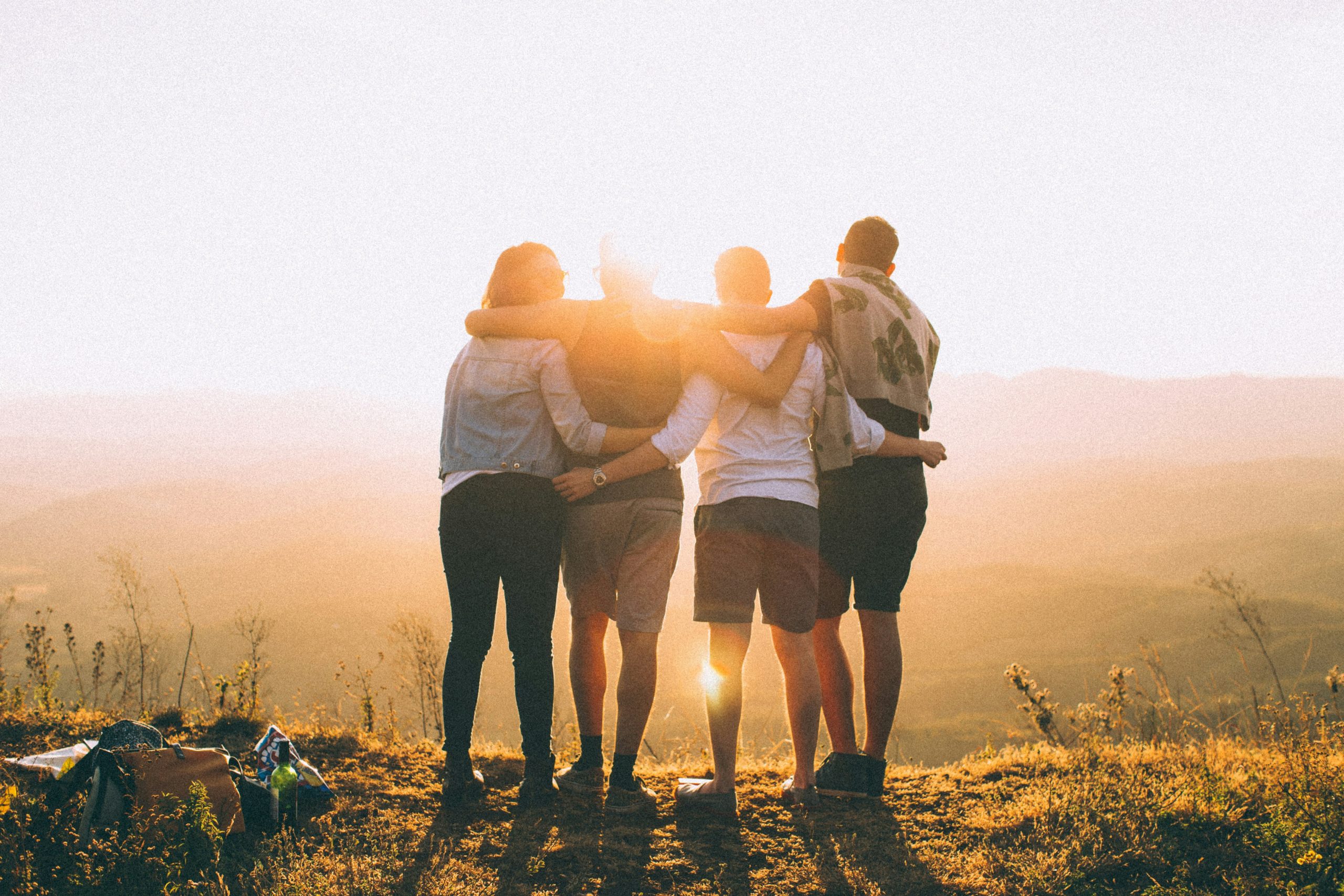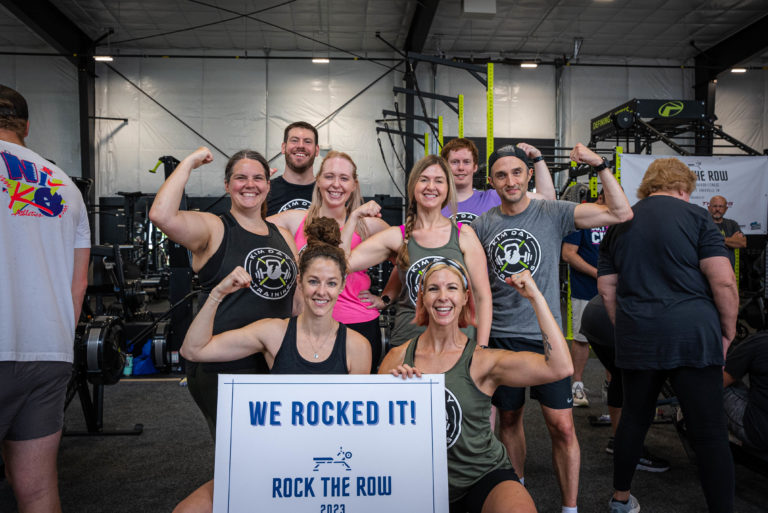The journey after cancer treatment is filled with both immense relief and new challenges. One of the biggest hurdles is finding the motivation to exercise again. The fatigue that lingers after treatment can make the idea of a workout seem daunting. And weight gain or loss, another common side effect of treatment, can add another layer of self-consciousness. Let’s face it: even the mental and emotional toll of cancer treatment can make mustering the energy to exercise feel nearly impossible.
But here’s the good news: you’re not alone. Countless cancer survivors have encountered this same challenge, and many have found their way back to a healthier, happier, and more active life through exercise. At Survivor Fitness, we see the transformative power of movement firsthand, and we want to share some encouragement and practical tips from our program participants to help you find your own motivation.
Here are some insights from fellow survivors to help you reignite your spark and get moving again:
1. Start Small and Celebrate Every Win
Don’t try to jump back into your pre-cancer routine overnight. Begin with short, manageable, gentle exercise routines that you can feel good about accomplishing. A 10-minute walk, gentle yoga stretches, or a light swim session are all excellent starting points. Remember that progress—not perfection—is the goal. Celebrate each small victory, and watch your confidence and motivation grow.
As participant Amy McConkey shared, “I had to remind myself of the steps I’ve already taken that helped me get through the anxiety on my first day of workouts. I knew I had to get outside of my comfort zone to reach a new and better health and fitness level.”
2. Find Your Mantra
Sometimes, a simple encouraging phrase can be a powerful motivator. Choose a mantra that resonates with you, like “One step at a time” or “Stronger every day.” Repeat it to yourself during your workouts or even throughout the day as a reminder of your commitment to your health.
After sharing about her journey after cancer, Survivor Fitness participant Malicia Wilson described this principle perfectly when she said, “Hope was the biggest blessing. It made such a difference to know I could still work hard and have a body that would respond.”
3. Make it a Commitment (and Find an Accountability Partner)
Treat exercise like any other important appointment in your day. Schedule it in your calendar, set reminders, and show up for yourself. Finding an accountability partner, like a friend or family member who can join you for walks or workouts, can make a big difference. Share your goals and support each other on your journeys.
Survivor Fitness participant Lynette Valentine started the program after a severe battle with breast cancer. The accountability and support she received from her tribe made a tremendous difference in her finding the motivation to exercise again. “Lean in on those who love you, and vent when needed. Get it all out and then move forward… There’s a community of survivors that will support you, even if it’s just a high five at the gym. It’s encouraging and healthy.”
4. Focus on How You Feel, Not How You Look
Shift your focus from aesthetics to the positive physical and mental benefits of exercise. Notice how you feel after a workout—the increased energy, improved mood, and a greater sense of accomplishment.
As Survivor Fitness participant Suzanne Gaulden shared, “The hardest part of recovery has been learning to love this new version of me, to value my strength, and not judge myself for not being the same size I was a year ago. It’s a huge hurdle that I am still working to overcome.” Through Survivor Fitness, Suzanne found strength and motivation by showing up—just as she was, with whatever she had to offer that day.
5. Find an Activity You Enjoy
Exercise shouldn’t feel like punishment! Explore different activities until you find something you genuinely enjoy. Maybe it’s dancing, swimming, hiking, or a fitness class. When you find fun exercise activities you enjoy, you’re more likely to stick with them in the long run.
Survivor Fitness participant Nancy Lopez highlighted the value of having a little fun during exercise when sharing her experience: “My trainer was so supportive and encouraging. He made the workouts fun, and we laughed a lot. I believe laughter is good for the soul.”
Remember That You Are Not Alone
Finding motivation after cancer treatment is a journey, not a destination. There will be good days and bad days. But with some encouragement and the right support system, you can rediscover the joy of movement and reclaim your strength.
At Survivor Fitness, we offer a comprehensive program with 1-on-1 personal training, nutritional coaching, and mental health support. We’re dedicated to helping cancer survivors rebuild their strength and confidence. Here are some ways to get involved:
- Read inspiring stories from cancer survivors. Hear from other Survivor Fitness participants who have overcome similar challenges.
- Explore our program. Learn more about our holistic approach to helping cancer survivors and see if it’s a good fit for you.
- Apply to become a participant. We offer in-person training across Tennessee and virtual options nationwide.
Remember, you are a survivor. You have the strength and determination to overcome any obstacle. Let’s move forward together!

